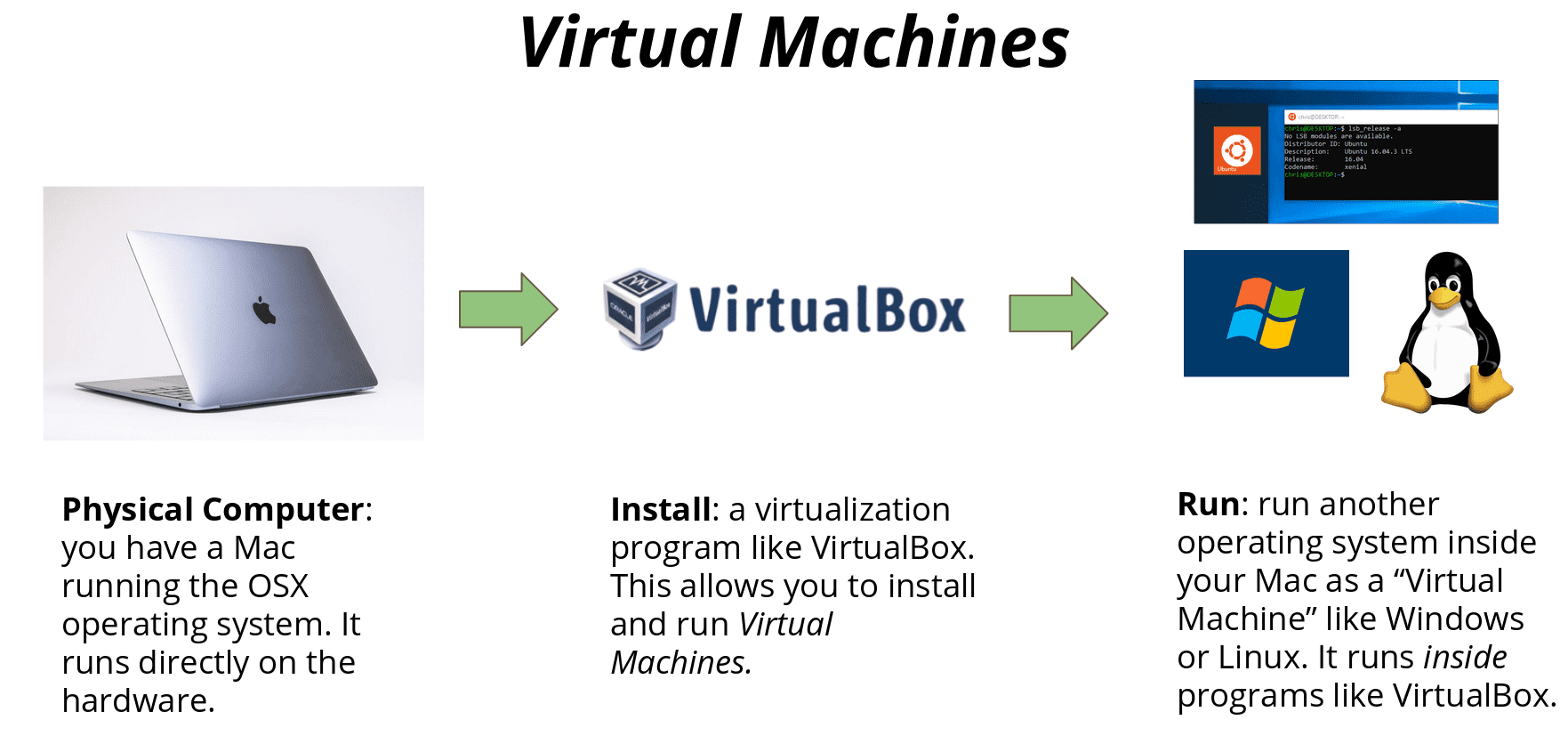


- How to run mysql docker on mac how to#
- How to run mysql docker on mac mac osx#
- How to run mysql docker on mac install#
- How to run mysql docker on mac password#
Start a Azure SQL Edge instance running as the Developer edition sudo docker run -cap-add SYS_PTRACE -e 'ACCEPT_EULA=1' -e 'MSSQL_SA_PASSWORD=yourStrong(!)Password' -p 1433:1433 -name azuresqledge -d /azure-sql-edge To run the container image with Docker, you can use the following command from a bash shell (Linux/macOS) or elevated PowerShell command prompt. To see all available images, see the azure-sql-egde Docker hub page. The previous command pulls the latest Azure SQL Edge container images. For more information, see Post-installation steps for Linux. On Linux, if you do not want to use sudo to run Docker, you can configure a Docker group and add users to that group. On macOS and Windows, sudo might not be required. Sudo docker pull /azure-sql-edge:latestįor the bash commands in this article sudo is used. Pull the Azure SQL Edge container Image.Pull the Azure SQL Edge container image from Microsoft Container Registry. Hardware requirements for Azure SQL Edge.īefore starting the following steps, make sure that you have selected your preferred shell (bash, PowerShell, or cmd) at the top of this article.If you find that you are not using this storage provider and need to change, please see the instructions and warnings in the docker documentation for configuring overlay2. Since the Azure SQL Edge images are based on Ubuntu 18.04, its recommended that you use a Ubuntu 18.04 docker host.
How to run mysql docker on mac install#
For more information, see Install Docker.
How to run mysql docker on mac mac osx#
How to run mysql docker on mac how to#
CS QGB on How to view va_list variables via gdb.Without understanding the differences, you’ll easily get confused. Then you look at the docs for the official image and you see the command as: docker run -name some-mysql -e MYSQL_ROOT_PASSWORD=my-secret-pw -d mysql:tag
How to run mysql docker on mac password#
One of the reasons why this can get confusing is when you start following articles on how to get MySQL running in Docker, you articles like this one that uses the Oracle version and runs the Docker command without setting the password like this: docker run -name= -d mysql/mysql-server:latest The documentation from the official image is much more detailed but the image is slightly larger coming in at 545.28MB v 405.01MB as can be seen from the Docker dashboard below. If you look deeper at the Docker files, you’ll find that the “official” image Docker file is based on Debian and Oracle’s image Docker file based on Oracle Linux.Īpparently the Oracle’s version is a fork of the official one with changes to the base image. See the discussion here for some known limitations for running these containers on non-Linux operating systems.īasically if you are using a non Linux platform, it is safer to go with the official image. Other platforms are not supported, and users using these MySQL Docker images on them are doing so at their own risk. The MySQL Docker images maintained by the MySQL team are built specifically for Linux platforms. There is also a warning on the Oracle version stating that: Created, maintained and supported by the MySQL team at Oracle”. The mysql/mysql-server is an “Optimized MySQL Server Docker images. You can find out the difference by going to Docker Hub at: v įirstly, mysql is labeled the “official image” with over 1 billion downloads. Have you ever read articles where sometimes you see the docker command docker pull mysql/mysql-serverĪnd thought to yourself what is the difference?


 0 kommentar(er)
0 kommentar(er)
